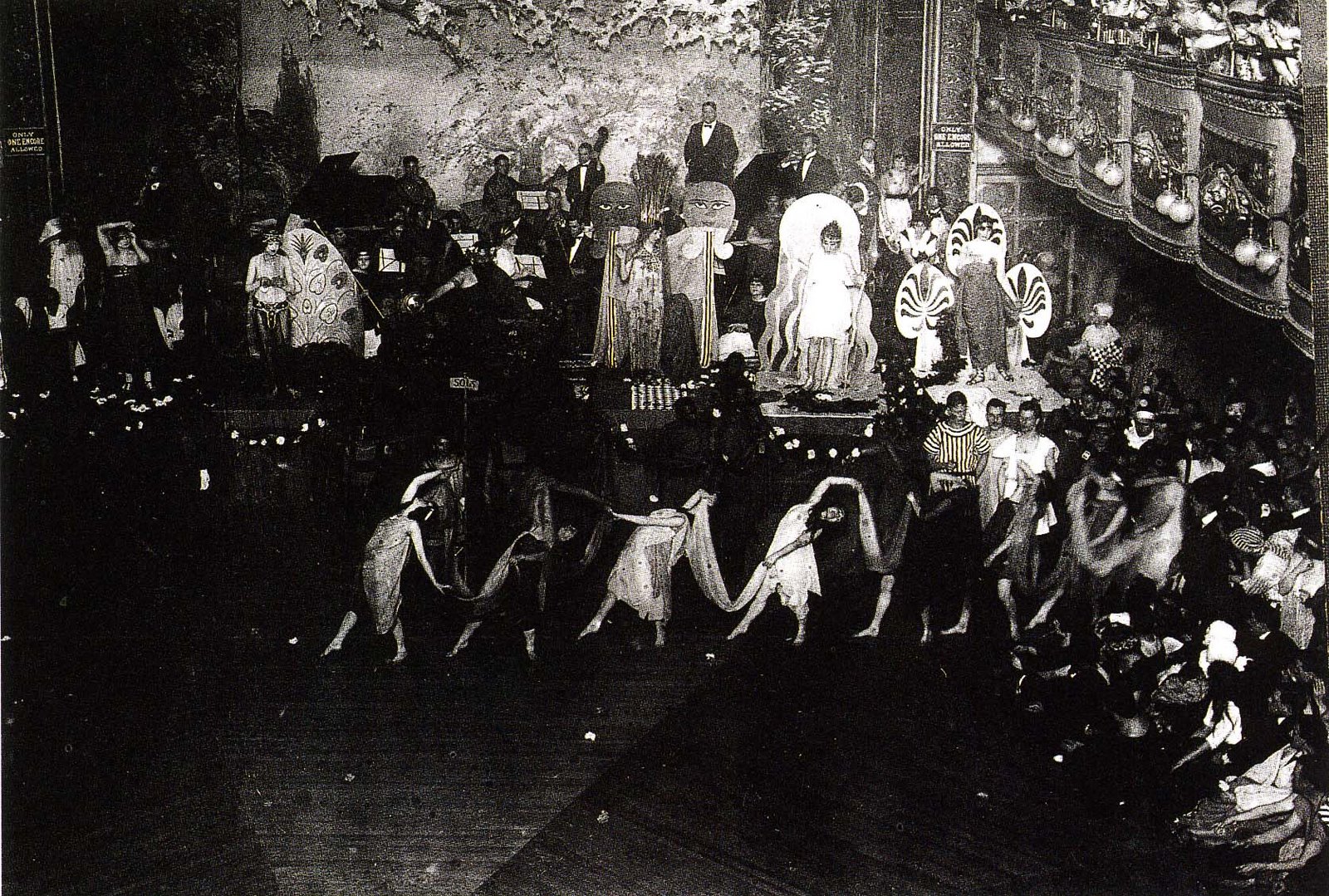“Good Morning revolution: you’re the very best friend I ever had. We gonna pal around together from now on.”- Langston Hughes
Black, brown, queer, unapologetic, deviant and revolutionary!
New York City is the birthplace of drag culture. The underground drag ball scene dates back to 1920s Harlem, during the height of the Harlem Renaissance. It was a time when black queer folks could comfortably lose themselves in refuge and acceptance at a social arena dubbed The Hamilton Lodge. The Annual Hamilton Lodge Ball, dating back to 1869, is the aboriginal documentation of what can now be the provenance of the ballroom scene. It’s allegiance to the black, queer community was a narrative of art, self-expression, freedom and fluidity. This was a place where having cognizance and acceptance was king, or more notably, Queen.
During the Harlem Renaissance, drag ball culture was considered taboo and illegal; and although popular amongst the LGBTQ community, the scene attracted just as many straight, artistic, and curious voyeurs, anxiously anticipating a night of communion and revelry. Prudence was not allowed! This was a no–judgment zone, if you were ever to partake my friends. One can only imagine the valiant displays of what we now call Pride, a retrospective of a bygone era.
Jennie Livingston’s classic documentary Paris is Burning and, more recently, Ryan Murphy’s Pose personify the flamboyance of the “house culture” scene, primarily focusing on the Black and Latino LGBTQ community, circa late 1980s in New York City. The transformation from Drag Ball to House Ball lends adulation to its infatuation for the industry of fashion.
The light has not dimmed on the movement. The culture is still thriving, especially here in New York where the Latex Ball, held at the Highline Ballroom, continues to bring the community together, and, in doing so, revolutionizes the meaning of family.
Pictured: Webster Hall, located in Greenwich Village, hosted several Drag Balls during the 1920s. The events were wildly successful and it was one of the few times when revelers were allowed to openly dress in drag.



